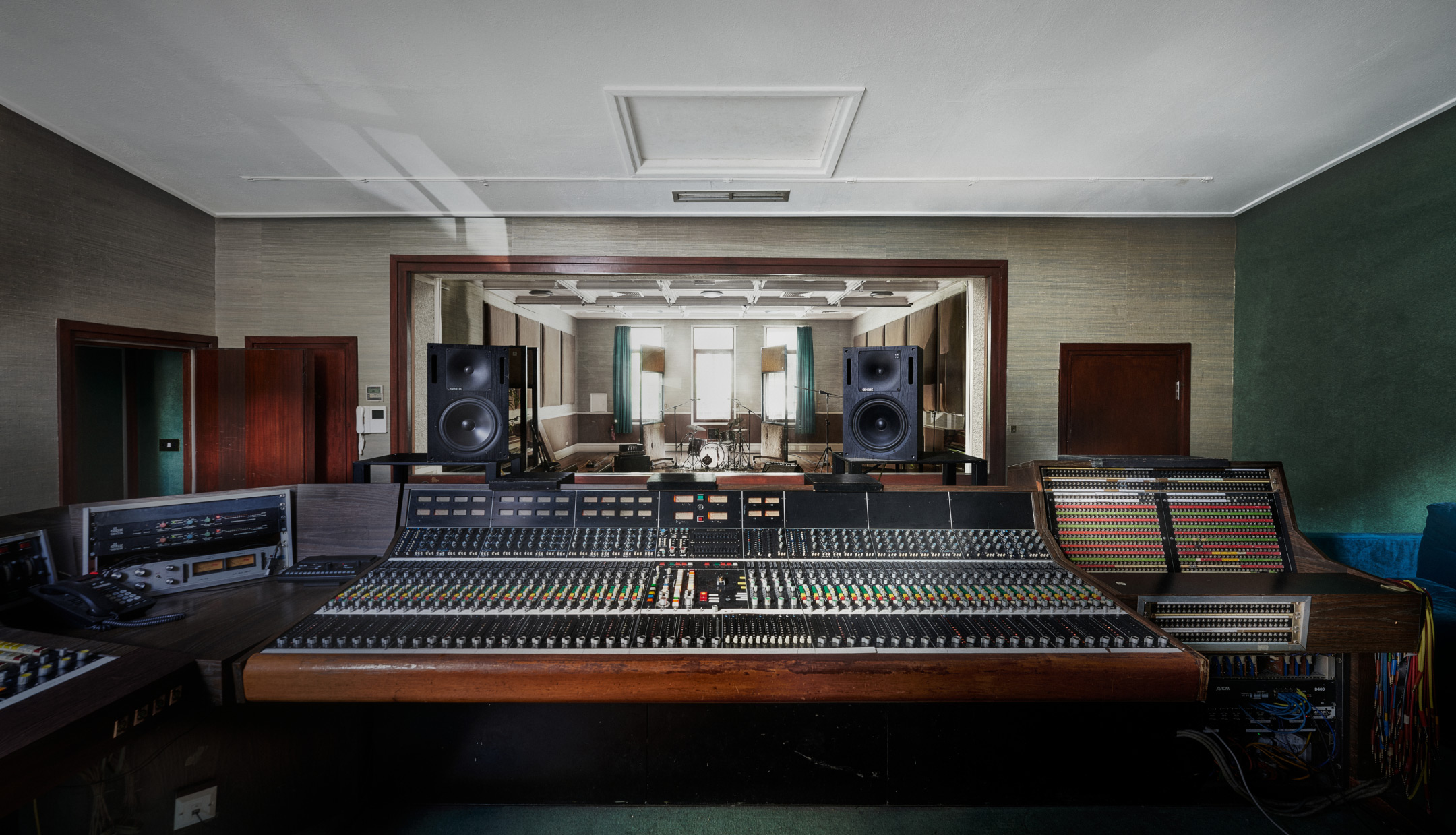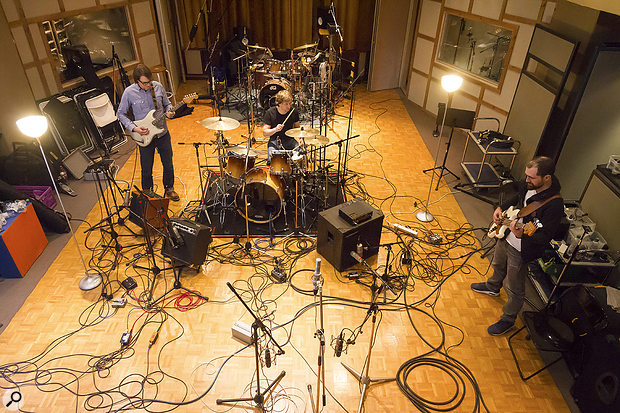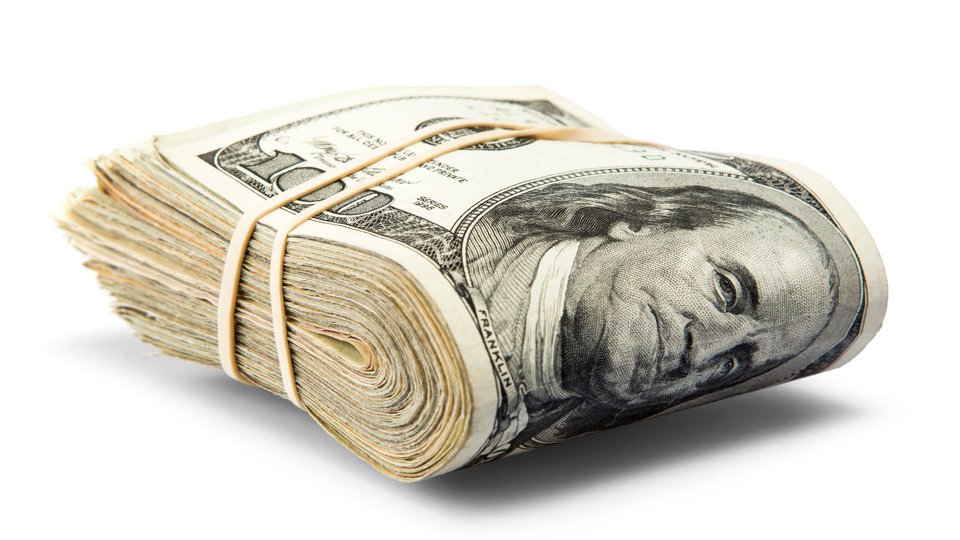What Are Royalties In Music? A Concise Guide
What Are Royalties In Music? A Concise Guide
Ever wondered how the folks who create the tunes you love actually get paid? It's something called royalties; payments which are triggered every time their music is used commercially.
In an era which prefers streaming to the purchase of music in its physical format, this is especially important because paying royalties isn't buying the music itself, but the licence to use it.
It’s not only about compensating creators for their intellectual property (often called IP) but also incentivising the creation of new music, and sustaining livelihoods in a digital-dominated landscape.
Starting with the basics, royalties fall into one of two categories:
The first is the composition copyright which covers the underlying melody, lyrics, etc. In short, the song.
The other is the sound recording copyright which focuses on the specific recorded version. This is the performance.
Different uses trigger different copyrights, leading to various royalty streams flowing to different parties.

The Condensed Catalogue: Key Royalty Types
Let's cut to the chase with the main players in the royalty game:
- Mechanical Royalties: These are paid to songwriters and publishers for reproduction and distribution. This includes physical sales, downloads, interactive streams (i.e Spotify). For independent artists, this is the most important to get your head around.
- Performance Royalties: These are paid to songwriters and publishers for public performance/broadcast. Think radio, TV, live gigs, streaming, public venues. Yes, that song you’re hearing in the background when you’re doing your weekly shop needs to be paid for.
- Synchronization Royalties: Negotiated fees for pairing music with visual media like film, TV, ads, games. This requires licences for both composition and sound recording. I am showing my age when I give the example of Vampire Weekend at the start of Step Brothers but that’s what springs to mind.
- Print Royalties: Less common, for licensed reproduction and sale of sheet music and lyrics. You know those Metallica tab books in your local guitar shop? That’s what this is for.
- Neighbouring Rights: This compensates the performers and master owners (rather than songwriters or publishers) for public performance or broadcast of the recordings.
- Digital Performance Royalties: This covers the digital performance and primarily is for non-interactive streaming. Non-interactive streaming refers to streaming digitally when you don’t get to choose the songs i.e internet radio, webcasting.
The Streamlined System: Collection and Distribution
So now you know what you should be paid for. How do you collect your money?
Obviously it’s not as straight forward as the end listener paying the money directly to you. There are various other parties involved and a set journey before the money ends up in your account.
- Music Publishers: Sometimes confused with labels but these folks manage composition copyrights, register songs, issue licences, collect royalties, administer payments to songwriters, and promote their work.
- Record Labels: Invest in, produce, distribute, market, and monetise sound recordings. They license masters and pay artists their share of recording royalties after recouping costs.
- Performing Rights Organizations (PROs - US) / Collective Management Organizations (CMOs - Global): Licence public performance of compositions and distribute royalties to songwriters/publishers (ASCAP, BMI, SESAC, GMR in US; PRS for Music in UK, etc.).
- Mechanical Licensing (MLC - US, MROs, MCPS - UK): Focus on licensing the reproduction of compositions and collecting/distributing mechanical royalties (MLC for US digital, HFA/MRI for US physical/download, MCPS in UK).
- Digital Performance Royalties for Sound Recordings (SoundExchange - US, PPL - UK): Collect and distribute royalties for the digital public performance of sound recordings (non-interactive streaming) to artists, labels, and non-featured performers.
The flow of royalties is often multi-layered:
Music User → Collection Society/Label/Publisher → Deducts Fees/Shares → Distributes to Rights Holder.
Creators often need to engage with multiple specialised organisations across different territories to ensure comprehensive collection. See our post on self-releasing music to get further info. (Note: Link not provided in original text, placeholder for you to add)

The Numbers Game: Rates and Calculations
Royalty rates vary wildly and may be different by the time you read this but currently they are:
- US Mechanical (Physical/Download): Statutory rate per song per copy (currently around $0.12+).
- US Mechanical (Streaming): Complex formulas based on a percentage of service revenue, resulting in very small per-stream rates (around $0.0006).
- UK Mechanical (Physical): Often a percentage of the wholesale price (e.g., 8.5% PPD).
- Performance Royalties: PROs/CMOs use complex systems based on usage (e.g., radio airplay duration, venue size, stream counts).
- Sync Fees: Negotiated based on project budget, music prominence, territory, and artist stature.
- Digital Performance (Sound Recording): Statutory rates for non-interactive streaming in the US (paid by SoundExchange: 45% artist, 50% label, 5% non-featured performers).
Keep in mind that often there are multiple parties involved in each claim. For example, a record label may want to recoup an advance before you get a cut. A publisher may be entitled to a commission or percentage of any payment. So be sure to read the small print and do the math.
But really, do not shy away from this because understanding these rates is crucial for creators to estimate potential income.

Navigating the Maze: Key Considerations
For creators venturing into this world:
- Understand Your Rights: Know if you're a songwriter, performer, or both, and what rights you control.
- Get Organised: Keep meticulous records of your works and their usage.
- Choose Your Partners Wisely: Carefully consider publishing and label deals.
- Register Your Works: Ensure your songs and recordings are registered with the relevant collection societies.
- Stay Informed: The music industry is constantly evolving, so keep up with changes in legislation and technology.
- Seek Professional Advice: Don't be afraid to consult with lawyers and experienced professionals.
Conclusion: Tuning into Transparency
The world of music royalties can feel like a bewildering array of acronyms and percentages.
But at its heart, it's a system designed (however imperfectly) to ensure that the creators of the music that enriches our lives are fairly compensated for their work.
By demystifying this often-opaque world, we can empower creators to advocate for their rights and foster a more transparent and sustainable future for the music industry. So, while the maze may be intricate, understanding its pathways is the first step towards getting your fair share of the sonic pie.
